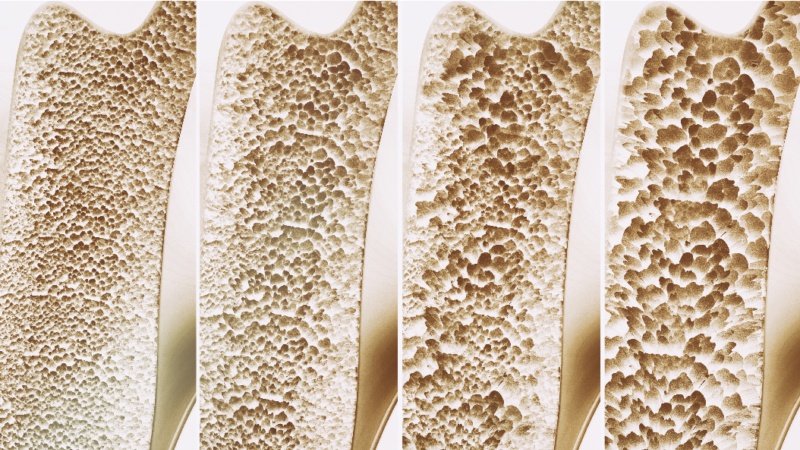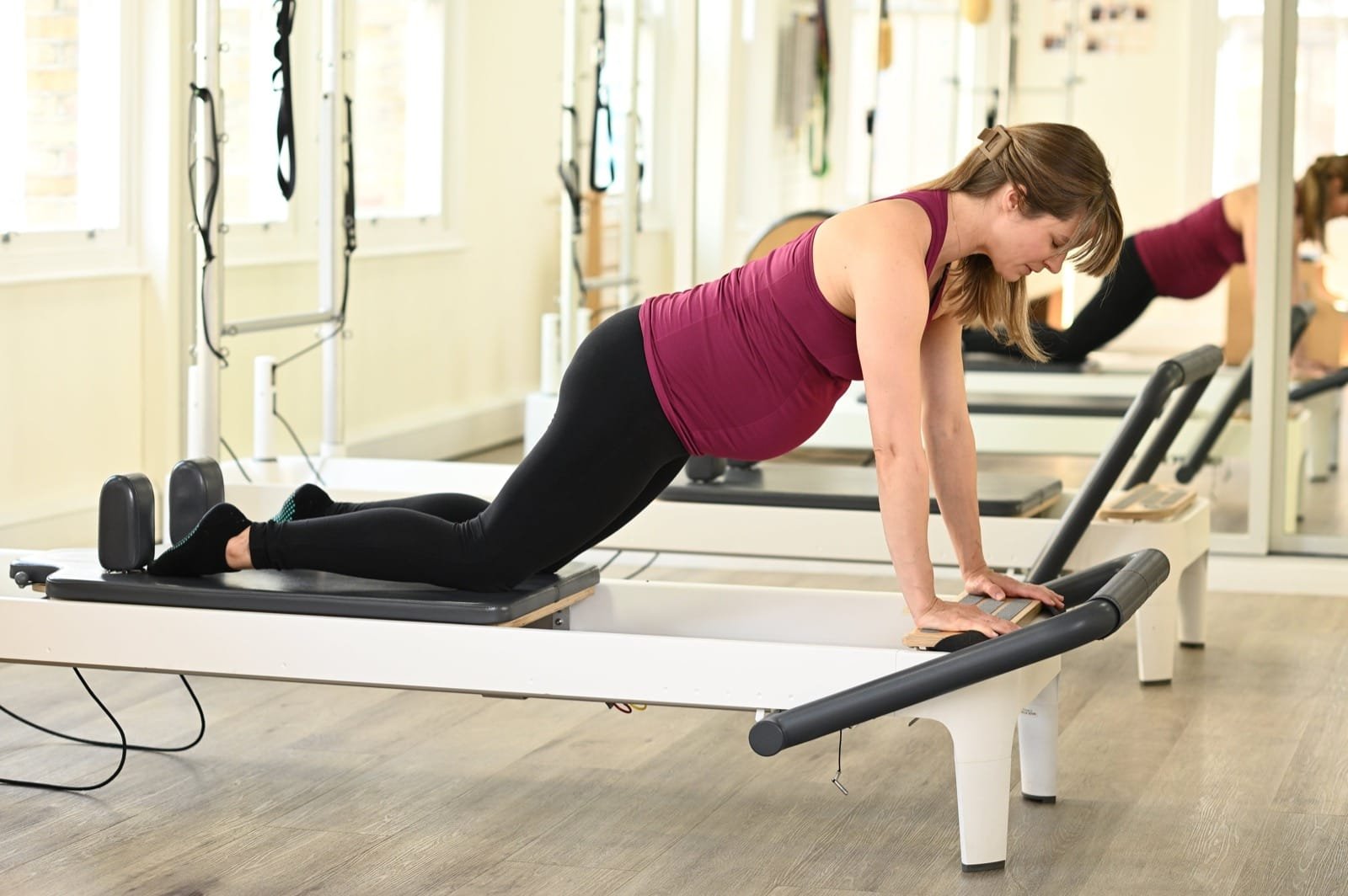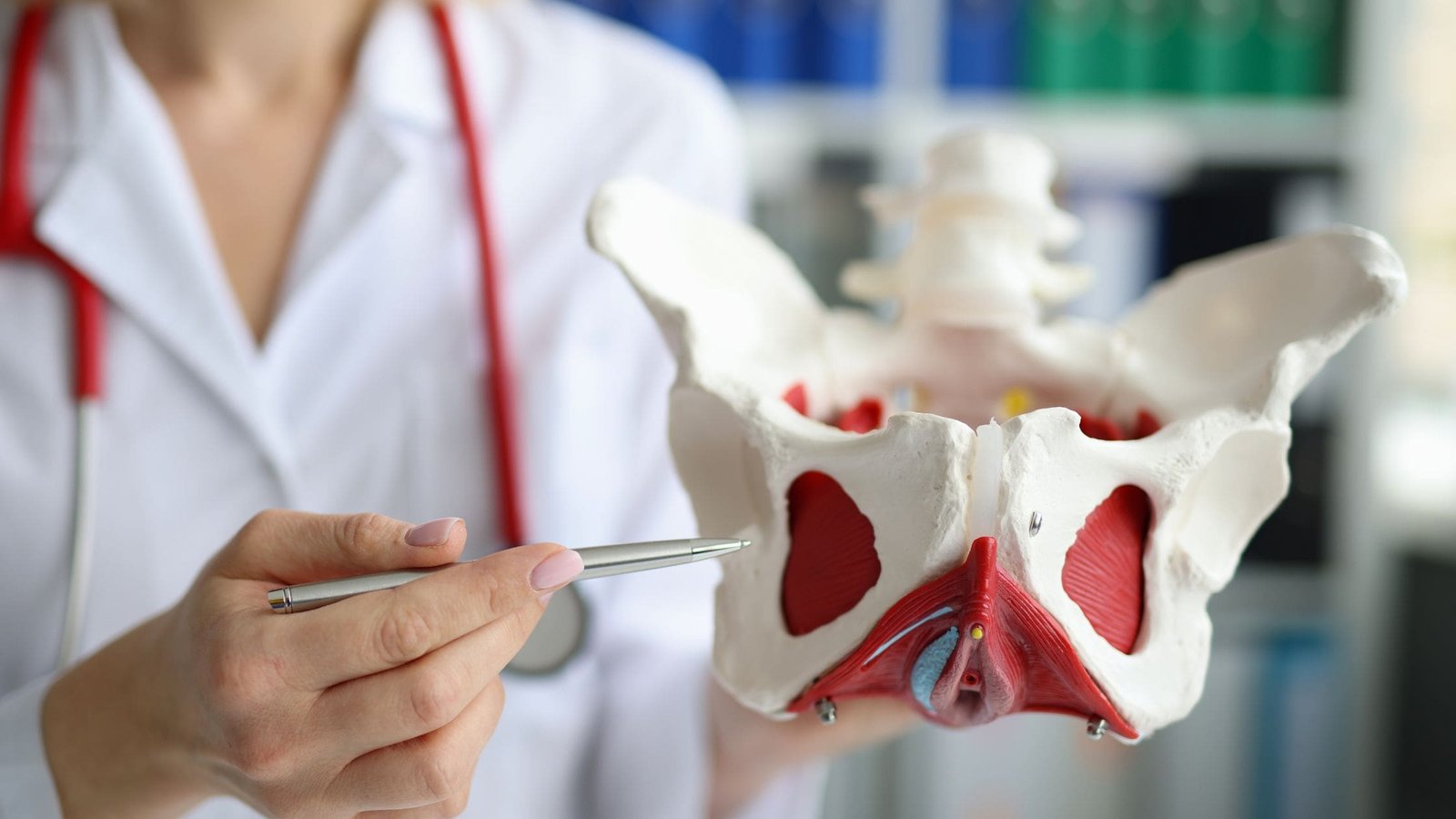Last year our Physiotherapist, Pilates Instructor and Business Development Lead Ruth Smith wrote about Osteoporosis for World Osteoporosis day 2018. The focus was on taking the pledge to speak about bone health. She covered the topics of knowing your risk of breaking a bone and how exercise can help in a series of blogs which you can find here
This year for World Osteoporosis day, she is taking a slightly different approach and looking at bone health in athletes. Athletes frequently train which requires them to have a high calorie intake and good diet. In this blog, she discusses how important it is for your bone health to get enough energy from your food to carry out high levels of training.
What is RED-S?
RED-S is a concept which has developed from a previously recognised syndrome known as the Female Athlete Triad. This was applied to physiological changes which can happen in the female body when the calorie intake is insufficient, or the energy expenditure is too high. Multiple systems can be affected including menstrual function, immunity, cardiovascular health and bone health. We now know more about undernourished male athletes who can also suffer from hormonal changes and reduced bone density so read on if you are a male athlete as well!
*https://bjsm.bmj.com/content/48/7/491.citation-tools
Why does RED-S occur?
RED-S often occurs in sports where there is a performance advantage to lower body weight such as cycling or long-distance running. Or in a sport where there is an aesthetic advantage to lower body weight such as dance, gymnastics or circus flyers. This can lead to strategies to control body weight which can lead to RED-S. However, it is also seen when nutrition intake is not well managed around increased periods of higher demand training leading to an unintentional energy deficiency.
How does RED-S affect bone health?
We will all recognise the short-term effects of not having adequate energy intake for the activities we are carrying out. At any level, this can impair performance. The body is less able to undertake quality training and less able to benefit from the physiological adaptations to exercise. But it is the long-term effects that can begin to reduce the bone mineral density. These leave athletes at higher risk of bone damage in the form of stress fractures.
Energy deficiency impacts on the various hormone producing systems of the body including the hypothalamus, pituitary gland, adrenal gland and the gonads. This can lead to a reduction in oestrogen and testosterone which can cause reduced bone mineral density. It can also increase cortisol levels which can have a negative effect on our immune system.
Why is reduced Bone Mineral Density a problem?
Our bones are structured in such a way to be able to tolerate the stress and strain we put through them daily without getting injured. This becomes more important when high levels of recurrent load are being put through the bones such as the foot in running. If the bone mineral density is reduced this significantly increases the risk of stress fractures and of osteoporosis later in life. Stress fractures require offloading to allow healing with an obvious direct impact upon the ability of the athlete to carry out their full training program. Stress fractures in adolescents can have serious long-term consequences. Fractures from osteoporosis later in life can have a significant effect on quality of life, reducing mobility and function and causing significant pain.

How do we recognise RED-S?
Awareness of RED-S is vital in our ability to prevent the long-term effects and protect the performance ability of athletes. Screening and diagnosis can be challenging as the symptoms are often subtle. One clear sign in females is menstrual dysfunction but the other potential signs such as fatigue, recurrent illness or injury and eating disorders can be more difficult to identify particularly in the male athlete.
A team approach between the athlete and clinicians such as; doctors, Physiotherapists, sports psychologists and dietitians is vital to identify early any energy deficiency issues.
Signs and symptoms that may be noticed are –
- Fatigue
- Reduced performance in training and competition
- Altered eating habits/disordered eating
- Prior stress fractures or bone stress injury
- Menstrual dysfunction
- Sleep pattern changes
- Increased resting heart rate
- Blood tests, ECG and bone density scans can be done if the RED-S diagnosis is considered.
How do we treat RED-S?
This should involve a multi-disciplinary team of health professionals to cover the medical, dietary, psychological and training components of the problem. The overall focus will be to ensure the correct energy balance going forwards and to ensure the health of all the body systems potentially affected.
Education for the athlete is vital. Promoting the concept of ‘eating to perform’ is helpful to change the athletes’ relationship with food, so that they may consume the calories and nutrients needed for optimal athletic performance.
What can you do to help yourself?
Information is key, understanding the potential effects of reducing calorie intake when energy requirements are high is vital.
Females;
- Do not ignore a change in your periods or your periods stopping
- Do not ignore recurrent injury or fractures
- Speak to your doctor (either GP or sports doctor)
- Look at your dietary intake along with your dietitian, doctor and coach to align this with your training load
Males;
- Do not ignore an unexplained struggle in performance or fatigue
- Do not ignore recurrent injury or fractures
- Review your training load, diet and recovery time along with your doctor, dietician and coach
- Consider having testosterone levels checked by your sports doctor
It is very useful if you are training to work closely with a dietician to ensure you;
- Periodise your intake with your training program
- Track your food intake vs your expenditure (this can be done very effectively with a tracking app for a short term basis)
- Avoid excluding food groups
If you would like to find out more on this subject or are concerned you may be at risk of RED-S then speak to your doctor or Physiotherapist for advice. You can also find out more at health4performance
Education is key:
These blogs are designed to give information to everyone, however, it is important to remember that everyone is different! If you have not seen one of our therapists and have any questions about injuries, what you have read or whether this may be useful to you, please just ask. We are more than happy to help anyone and point you in the right direction. Our biggest belief is that education is key. The more you understand about your injury, illness and movement, the more you are likely to improve.





